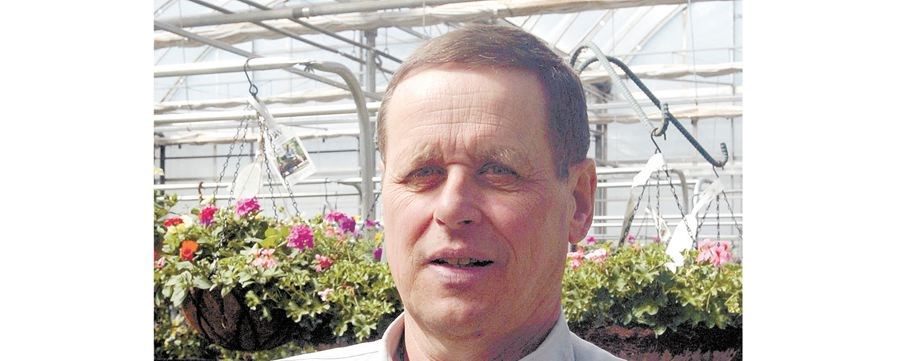Gardening season will soon be here, as well as the gardening pests.
Keeping plants pest-free is important when growing healthy, productive plants. Ideally you want to prevent pests from getting on your plants, rather than getting them off. Pests tend to seek out plants that are weak and stressed, so you want to keep plants strong and healthy. Planting them in a good location, in a good quality, well-balanced and drained soil is important, as well as giving them the needed nutrients and moisture for continuous growth. Crop rotation also helps in growing healthy plants. To help prevent pests from bothering your plants, barriers and traps can be used.
Pests can also be stopped by creating a barrier between the plant/seed and pest. A barrier that works really well is a floating crop cover. A floating crop cover comes in sheets or rolls. It is made up of lightweight, translucent material that allows moisture, sun, and air to pass through it. This is important as it is placed over the crop for a few weeks until all threat of the pest has passed. Only temporarily take it off when you are weeding the crop and then place back on immediately.
The crop cover is loosely placed over the crop and tightly secured to the ground so no pests can enter. All the ends must be tucked in. Put the crop cover on loosely enough to allow for the plant's growth, so that as the plant grows the fabric moves with it. Floating crop covers work well. We use them in our home garden for carrots, parsnips, radishes, turnips, onions, leeks, cabbage, cauliflower and broccoli. They prevent the flying insects from laying eggs on the soil.
Another way of preventing pests from attacking your plants is placing traps. For traps to work well, you want to set them up before the pest arrives, as you want to divert the pest from the plant. As soon as the pest is on the plant it is hard to get it off. Traps come in different forms such as lock down pads. These pads are large yellow plastic discs with a hole in the centre, coated on one side with a water-resistant sticky adhesive. Insects such as fungus gnats, thrips, spider ites, leaf miners, aphids, white flies, fruit flies and others are attracted to the pads. When they go on the pad they stick to it and can't get off. The pad is laid down on the soil around the plant with the sticky side up. Not only will it trap the insect but it also helps maintain moisture in the soil.
The pads can also be made into a cone that is placed up or down. If there are bugs in the soil, place the cone down with the sticky side facing inside, and this will catch the insects as they come out of the soil. Also available are sticky strips which are a smaller version that work on the same concept.
Sometimes home-grown fruit such as apples, pears, plums, cherries and blueberries can get worms in them. This can be prevented by using the Red Sphere Trap. The Red Sphere Trap looks like an apple that has a sticky coating on it. It is hung in the tree/bush in the spring so when the flying insect sits on it, it is trapped.
The nice thing about using barriers and traps is that they are an effective way to grow plants pesticide-free.



